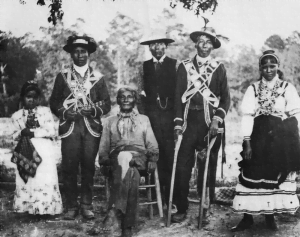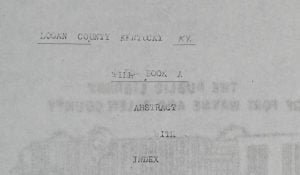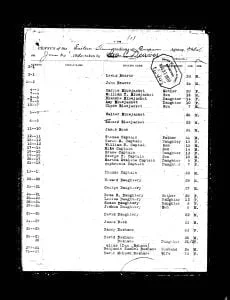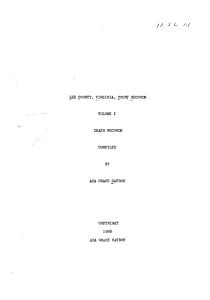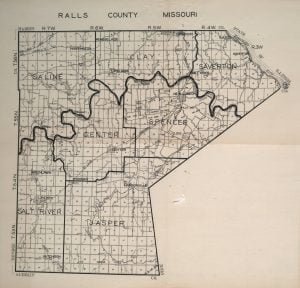1860 Census West of Arkansas – Creek Nation
Free Inhabitants in “The Creek Nation” in the County “West of the” State of “Akansas” enumerated on the “16th” day of “August” 1860. While the census lists “free inhabitants” it is obvious that the list contains names of Native Americans, both of the Creek and Seminole tribes, and probably others. The “free inhabitants” is likely indicative that the family had given up their rights as Indians in treaties previous to 1860, drifted away from the tribe, or were never fully integrated. The black (B) and mulatto (M) status may indicate only the fact of the color of their skin, or whether one had a white ancestors, they may still be Native American.


